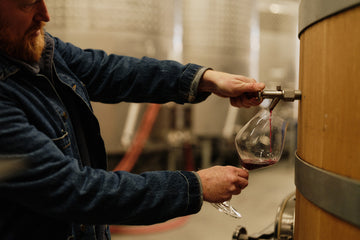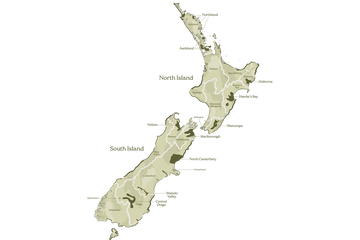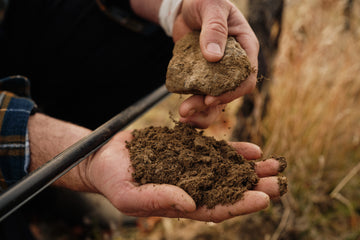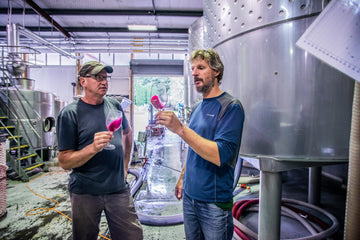
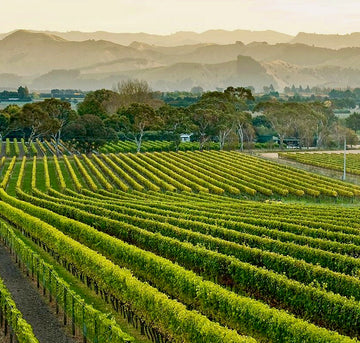

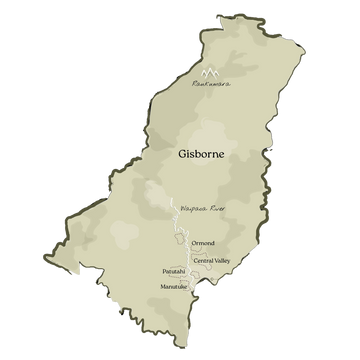
Gisborne Sub-regions
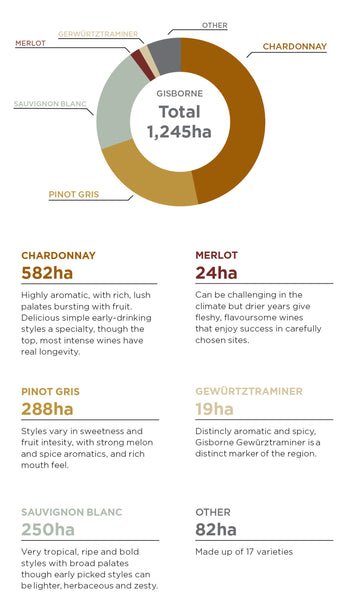
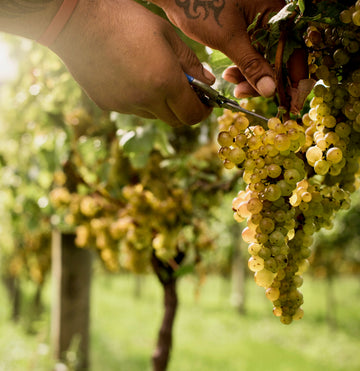
Geographical Indication (GI) and Provenance
Gisborne
Matawhero Single Vineyard Chardonnay 2022
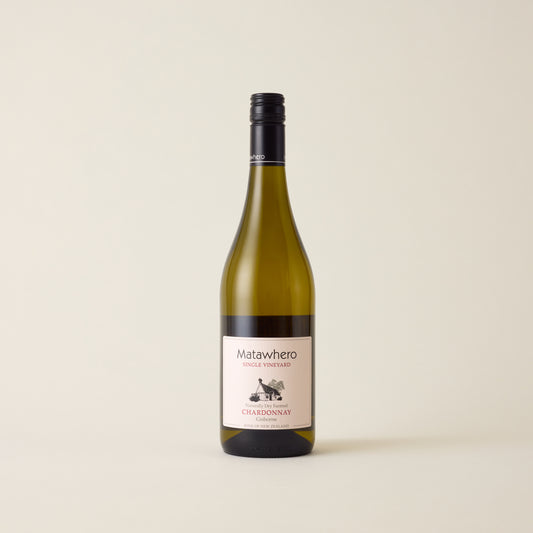





Matawhero Single Vineyard Chardonnay 2022
Regular price
£19.00
Sale price
£19.00
Regular price
Matawhero Church House Chenin Blanc 2022
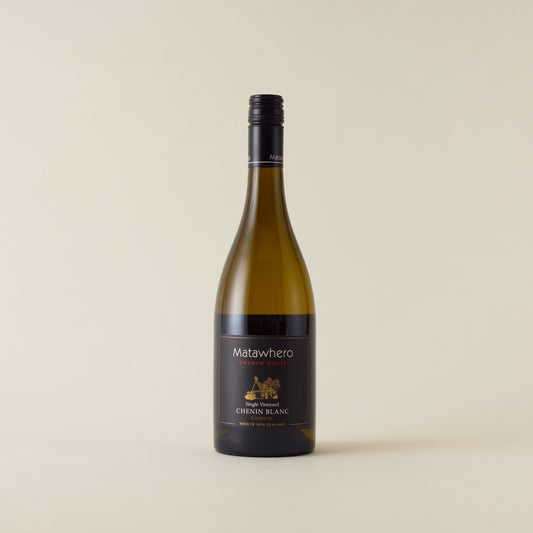

Matawhero Church House Chenin Blanc 2022
Regular price
£20.00
Sale price
£20.00
Regular price
£0.00
Matawhero Irwin Chardonnay 2020
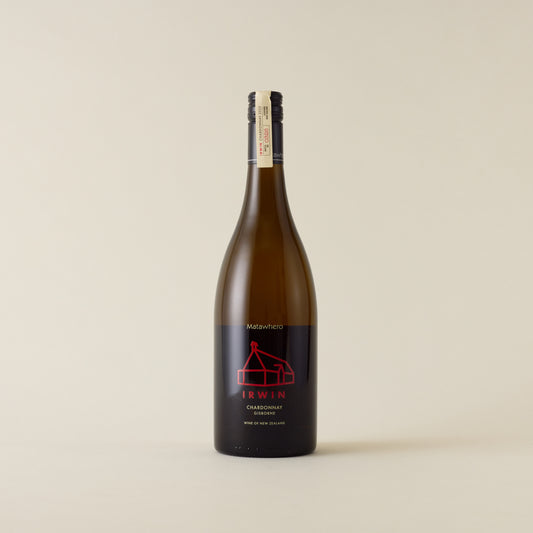







Matawhero Irwin Chardonnay 2020
Regular price
£36.00
Sale price
£36.00
Regular price
Millton Te Arai Chenin Blanc 2020
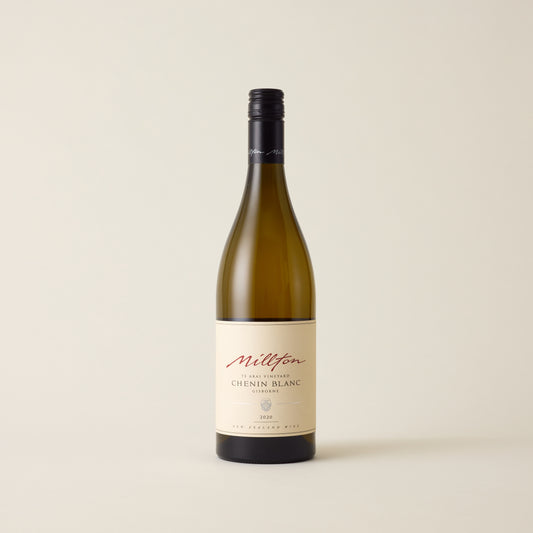

Millton Te Arai Chenin Blanc 2020
Regular price
£26.50
Sale price
£26.50
Regular price


